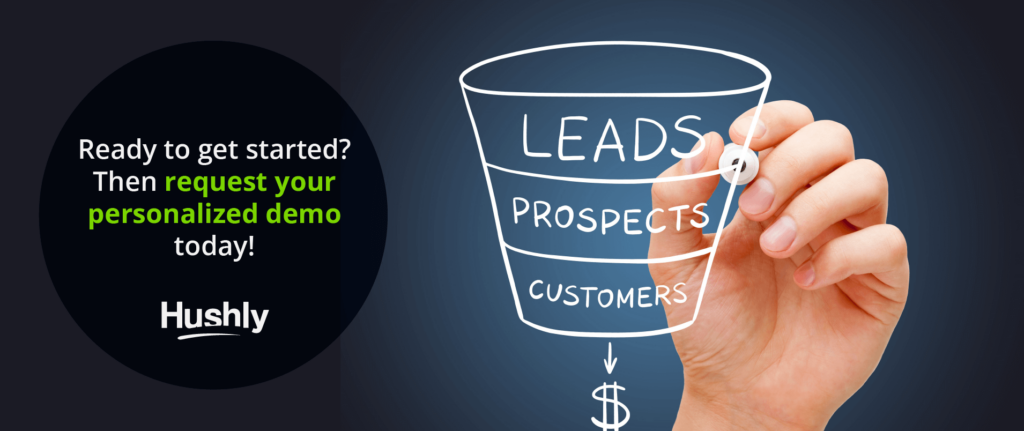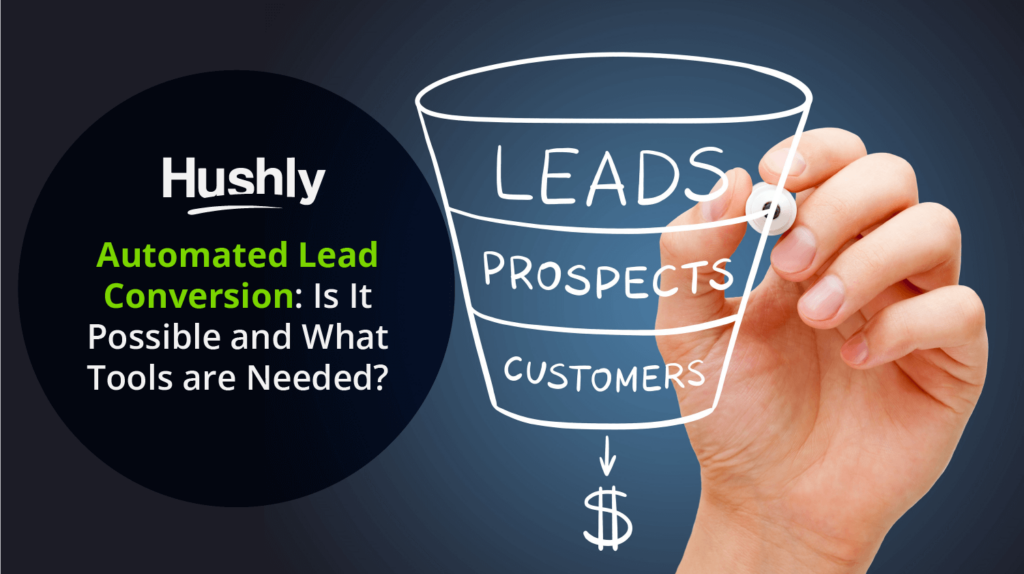Filters
Content Type
Topic
Converting Leads to Sales: What You Need to Know About Today’s Modern B2B Buyers
The buying process is quickly evolving in today’s digital age. Today’s B2B buyer is no longer a single individual that can be easily swayed by the perfect piece of copy or sales pitch. Instead, buyers have turned into complex decision-making machines, with different people and departments collating data and information to make an educated decision. As a result, the art of converting leads to sales has become more challenging than ever before.
With the right strategy in place, making these vital conversions can be a seamless, easily scalable process to meet increasing demand. However, without a thorough understanding of the modern buyer’s purchasing process, you’re unlikely to be able to convert the right leads. That’s why it’s essential to learn as much as you can about today’s complex B2B buyer and adapt your strategy accordingly.
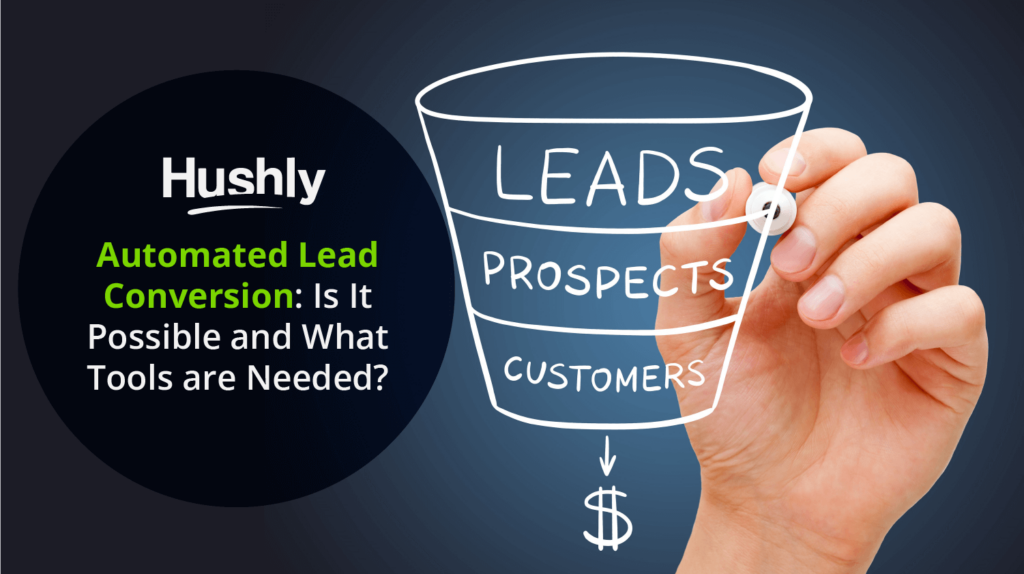
Modern B2B Buyers are Account-Based
Today’s B2B buyer isn’t a single individual, but rather an entire account, consisting of different departments and stakeholders that interact with and influence one another throughout the buying process. The result? A complex decision-making process involves an average of six to 10 people across several departments collating data and information to develop the best solution.
As a result, the art of converting leads to sales has become quite complex and no longer follows the same linear pattern that it used to.
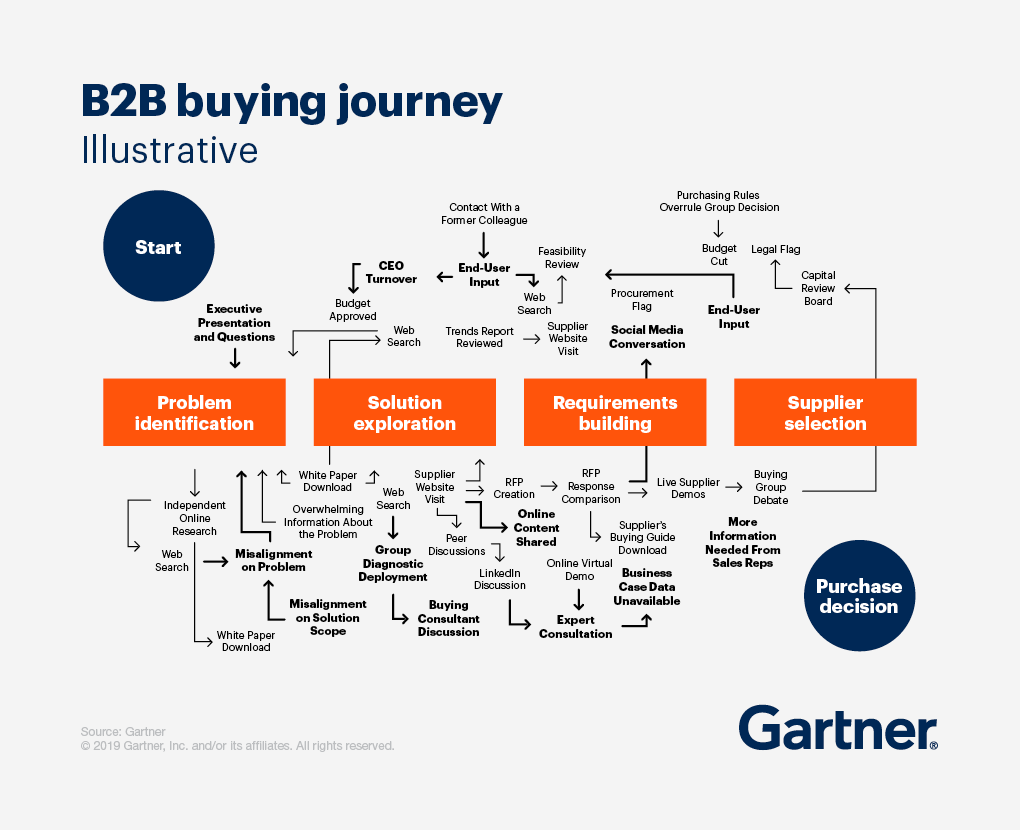
Source: Gartner
Instead, B2B marketing and sales teams are now turning to an account-based approach that focuses on closing the right accounts instead of the highest-quality leads. This enables them to increase their sales velocity by focusing on the accounts that actually have a high probability of closing.
To do so, teams need to understand the decision-making dynamics within their accounts and create lead flows to cater to their audience’s needs and preferences.
Converting Leads to Sales: Know Who You’re Talking To
Now, when it comes to knowing your audience and their needs/preferences, it’s no longer just about identifying specific brands within the industry. Instead, it’s determining who within the organization is involved in the buying process. This will allow you to personalize your lead flows and adjust accordingly to capture the right attention at the right time.
The question then becomes who is involved in the process and how can you adjust your message to fit their needs? Remember, the average B2B buying account comprises at least six individuals.
Not quite sure who these individuals are? Most B2B buying accounts are comprised of the following:
The Initiator
The initiator is the person (or department) who first brought up the idea of purchasing a product or service. Their role is to identify potential opportunities or problems and propose solutions. They are typically involved in the research and analysis phases of the buying process and are more concerned with finding solutions than finding the best price.
The best way to capture the initiator’s attention is through educational content that helps them better understand their problem and learn about potential solutions. This enables you to build a relationship with them, making them more likely to listen to what you have to say later down the line.
The Gatekeeper
The gatekeeper is typically the individual(s) who control the flow of information within the organization. This person is tasked with filtering data and information to ensure that the right people are aware of potential issues or opportunities. They are concerned with the accuracy and reliability of the data being collected. They will often question the process or request more information to ensure that they receive the best information possible.
The best way to capture the gatekeeper’s attention is through more in-depth educational content, such as reports, case studies, and white papers that provide valuable information relevant to their role. Remember, these are the people who will most likely be verifying the information received by the team of initiators and relaying their findings to the decision-maker.
The Decision-Maker
The decision-maker is the person within the organization who has the final say in the purchasing decision. Their role is to gather information from various sources (initiators, gatekeepers, etc.) to determine which solution best suits their needs. They are concerned with ensuring that the solution will align with their goals and will only approve a proposal if they feel it is worth their time.
The best way to capture the decision-maker’s attention is to offer a strategic sales offer that addresses one or more of their concerns. This demonstrates that you understand the various issues they may be facing and helps you build a rapport with them, making them more likely to listen to what you have to say.
The Buyer
The buyer and the decision-maker are roles often used interchangeably. However, the buyer is typically the person or department responsible for ensuring that the final solution is delivered as agreed. They are responsible for negotiating pricing, reviewing contracts, and ensuring that the final solution meets their requirements.
The best way to capture the buyer’s attention is to demonstrate that you understand the various issues they may be facing and are actively seeking ways to address them. This demonstrates that you are a partner who can be relied upon and that you’re not looking to make a simple sale, but establish a long-term relationship that will ultimately benefit both parties.
The User
Finally, the user is the individual who uses the final solution. They are responsible for providing feedback and ensuring that the solution meets their expectations. They are concerned with ensuring that the solution is reliable and that it provides the value they were promised.
Your marketing and sales team need to keep these users in mind because once the sale has been made, the relationship doesn’t end there. Your goal is to ensure that the user is satisfied with the solution and that you continue providing the necessary support and education to maintain the working relationship.
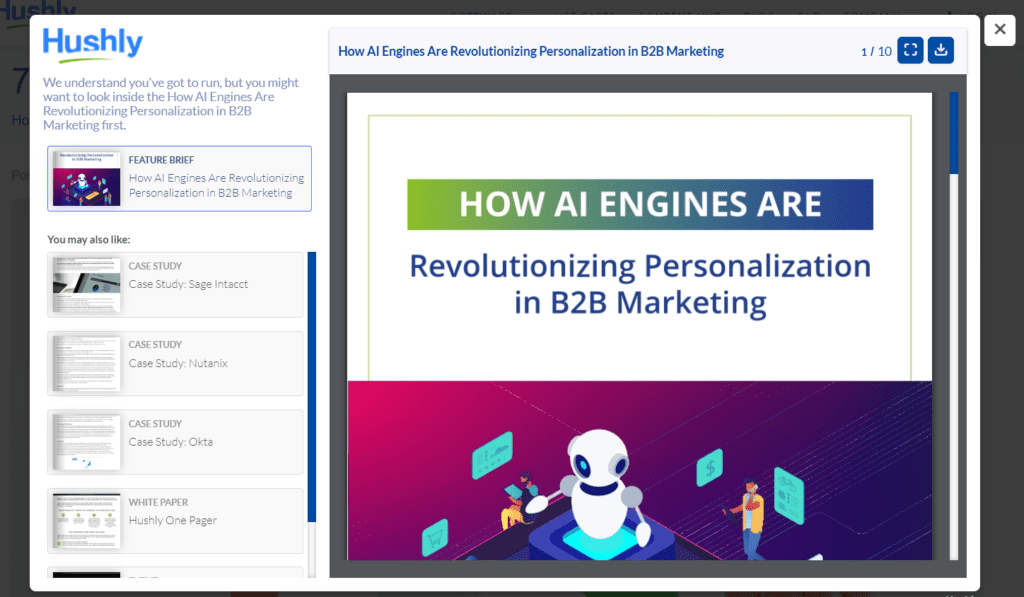
Source: Hushly
If you’re not building relationships with your account’s users, then you’re not going to be able to build a trusting, loyal relationship.
Create an Account-Based Experience that Converts with Hushly
Creating an account-based experience is about creating a seamless digital experience that provides the tools, support, and education your users need to get the most out of their solution. To create an account-based experience that converts, you need to understand your users’ needs and build a solution that addresses those needs. The Hushly platform allows you to build personalized, educational experiences that cater to your users’ unique goals.
If you’re ready to start delivering an account-based experience that delivers real results, then contact us today and schedule your free demo!
The post Converting Leads to Sales: What You Need to Know About Today’s Modern B2B Buyers appeared first on Hushly.

